Is the Army’s new M7 rifle a step back over its predecessor?
- By Travis Pike
Share This Article

The M16 family of firearms has been in service since 1964, and in that time, it has grown and evolved into numerous variants. It has faithfully served our country in Vietnam, Desert Storm, the Global War on Terror, and numerous other smaller conflicts. However, all good things must come to an end, and the M16 series rifles are on the way out.
The Marine Corps started replacing its M16A4s and M4s with the M27 IAR in 2017. The Army launched the Next Generation Squad Weapons program the same year to replace its M4 (as well as its M249 SAW light machine gun and M240 machine gun).
In 2022, the Army announced the winners of the NGSW program with the contract for the M4’s replacement going to SIG Sauer for its MCX SPEAR that was afterwards designated the M7.
(The M4’s replacement was supposed to be named the “M5,” but Colt owned the trademark and produces an M5 – which is an adaptation of the M4 series. The Army couldn’t use the “M6” designation because it had already been used for a survival rifle. So, the MCX SPEAR became the M7.)
The purpose of the M7
The M4 carbine served our country and soldiers well. Even today, it’s still a fantastic rifle that’s accurate, reliable, lightweight, and well-suited to modern battlefields around the world. Yet, the Army felt that the M4 was lacking in one regard: it failed to penetrate modern body armor fielded by Russia and China.
The goal of the NGSW and the M7 rifle was to provide Soldiers with a modern gun capable of outshooting the enemy at longer ranges with effective fire and that could penetrate Russian and Chinese body armor at a distance of 600 meters, or about 640 yards.
That’s an unrealistic range, in most cases, as its incredible difficult to hit an enemy at 600 meters. To make it more feasible, the Army sought to combine the M7 with a high-tech rifle scope that would utilize a laser rangefinder and a built-in ballistic calculator with digital overlays, providing the Soldier with feedback to enable accurate target acquisition at extended ranges.
The M7 is a short-stroke gas-piston rifle that feeds from a 20-round magazine. It features a 13-inch barrel and is designed to work with a suppressor that’s a part of the weapon system. It weighs 9.84 pounds with the suppressor.
The M7 uses the 6.8x51mm round on a hybrid case type that combines a brass case with a steel base. The steel base is necessary to withstand the absurdly high pressure of 80,000 PSI generated when the M7 fires the combat cartridge. For reference, the M4 generates about 62,000 PSI.
Related: How the M16 rifle gave birth to the M4 carbine
How it differs from the M4
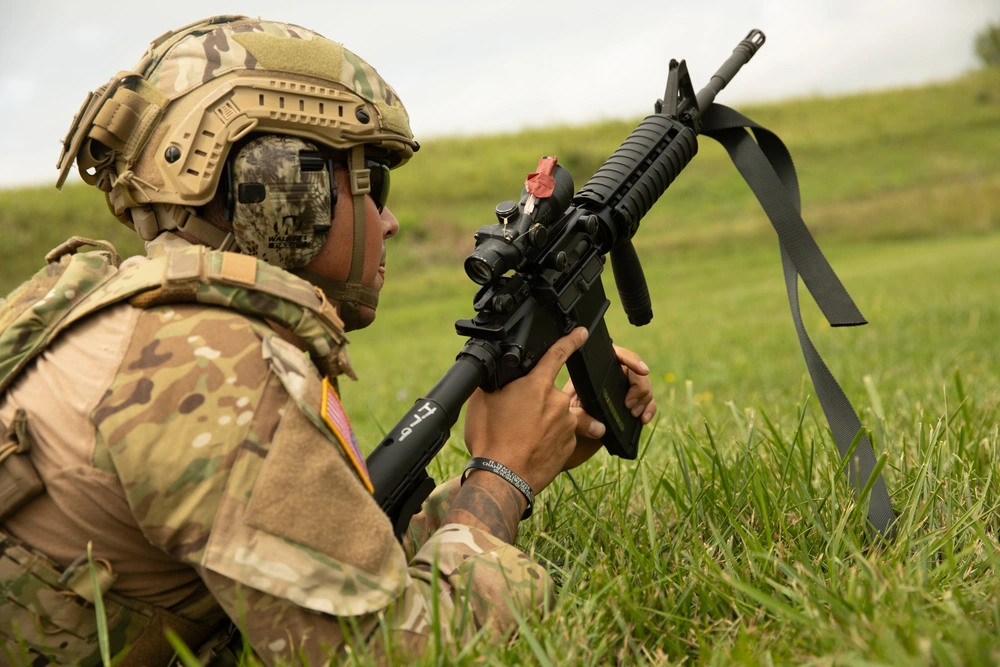
Compared to the M4, the M7 offers shooters a rifle with a longer effective range and improved penetration through hard barriers, including body armor. Additionally, the M7’s round has greater effectiveness against vehicles.
The rifle offers an effective range of roughly 1,000 meters, but this will depend on the shooter. The integrated smart optic should extend the range of the average shooter and provide a quick and effective means to compensate for elevation, windage, and more.
The M7 features a slightly shorter barrel than the M4, but is substantially heavier; its ammunition is also heavier. This weight increase reduces the Soldier’s combat loadout from 210 rounds to 140 rounds.
Additionally, although the M7 looks similar to its predecessor and shares similar controls, it employs a different operating system. Nevertheless, SIG used M4-type ergonomics, which was a clever decision to help reduce training efforts.
Further improvements include an ambidextrous safety and bolt release and a dual-charging handle design.
Related: The Great Gatorade Battle of Helmand Province
Fielding the M7
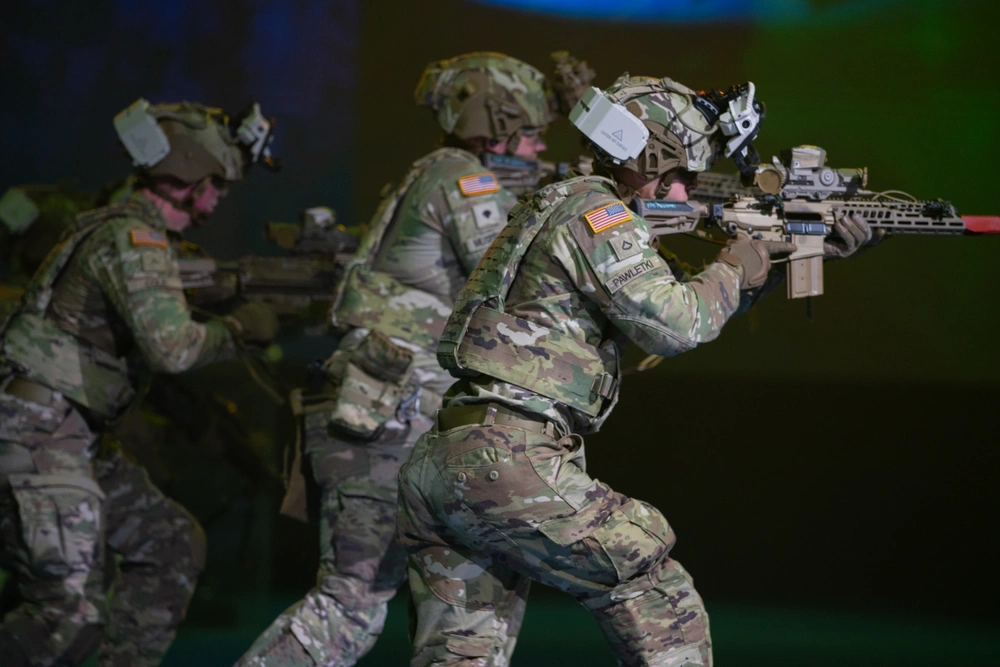
The M7 has been fielded to numerous Army units – including the 75th Ranger Regiment and the 101st Airborne – and that provided real-world feedback on the weapon’s design.
In the field, the rifle has received sharp criticism with its weight being one of the major downsides. When loaded and equipped with the optic, the suppressor, and other necessary equipment, the M7 weighs 15.4 pounds. For comparison, the M4, with all of its accessories and a fully loaded design, weighs 8.5 pounds.
Additionally, the massive pressure generated by the rifle increases wear. The barrels, in particular, are likely to wear out prematurely. Rifling wear begins to appear at around 2,000 rounds with some guns. Wear has also led to ruptured cases, which can cause complicated malfunctions.
To avoid prematurely broken guns, the Army fields a specialized training cartridge which has a much lower pressure and reduces wear. However, that round does not replicate the recoil of the combat load and may give Soldiers the wrong impression of how to handle the M7. With combat-oriented ammo, the gun generates substantially more recoil than the 5.56mm round fired by the M4.
Further, the M7 series had issues with the Vortex optic breaking prematurely and not being strong enough for field use.
Going the opposite direction?
While being able to penetrate Russian and Chinese armor at 600 meters sounds good, it may be unnecessary. In Ukraine, we’ve seen Russian armor, and it’s a bit of a joke, with some of it being nothing more than thin steel plates.
Additionally, most infantry engagements don’t take place at 600 meters. (Some engagements in Afghanistan exceeded 600 meters, but that was due to the cowardice of the Taliban forces and their shoot-and-run tactics.) Instead, most infantry engagements typically occur within a range of 300 meters, or about 320 yards.
The idea of improving on the M4 appears valid, however whether its implementation is successful remains to be seen. In my humble opinion, the M7 is more suited as a designated marksman rifle than a primary rifle for combat. I’m not entirely convinced the M7 will ultimately replace the M4 for the Army anytime soon.
Feature Image: Sgt. Carter Cooper, assigned to the Virginia Army National Guard, fires the XM7 rifle – the M7’s previous designation – during the Army National Guard’s 2024 Best Warrior Competition Aug. 6, 2024, at the Ethan Allen Firing Range near Jericho, Vermont. (U.S. Army National Guard photo by Sgt. 1st Class Terra C. Gatti)
Read more from Sandboxx News
- How to get through Special Forces selection? Don’t be the ‘Grey Man’
- What could Lockheed’s Skunk Works be building with billions of dollars worth of classified funding?
- The Alamo Scouts were a forgotten precursor of the Green Berets
- How US Special Forces took on Wagner Group mercenaries in an intense 4-hour battle
- The unsung heroes of World War II: The Ritchie Boys
Related Posts
Sandboxx News Merch
-

‘Sandboxx News’ Dad Hat
$27.00 Select options This product has multiple variants. The options may be chosen on the product page -

‘AirPower’ Golf Rope Hat
$31.00 Select options This product has multiple variants. The options may be chosen on the product page -
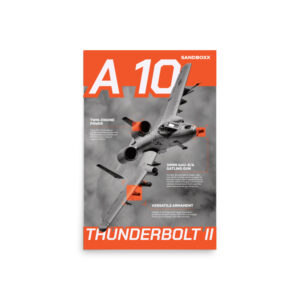
A-10 ‘Thunderbolt Power’ Poster
$22.00 – $28.00Price range: $22.00 through $28.00 Select options This product has multiple variants. The options may be chosen on the product page

Travis Pike
Travis Pike is a former Marine Machine gunner who served with 2nd Bn 2nd Marines for 5 years. He deployed in 2009 to Afghanistan and again in 2011 with the 22nd MEU(SOC) during a record-setting 11 months at sea. He’s trained with the Romanian Army, the Spanish Marines, the Emirate Marines, and the Afghan National Army. He serves as an NRA certified pistol instructor and teaches concealed carry classes.
Related to: Gear & Tech, Military Affairs

Energy drinks were the unsung hero of the Global War on Terror
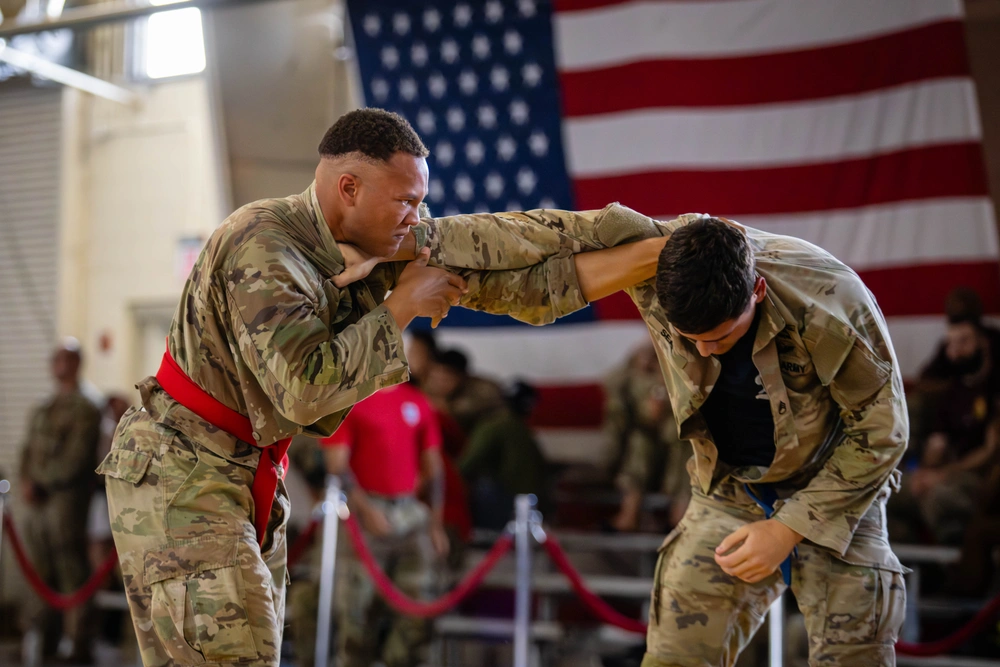
How hand-to-hand combat training in the US military has evolved
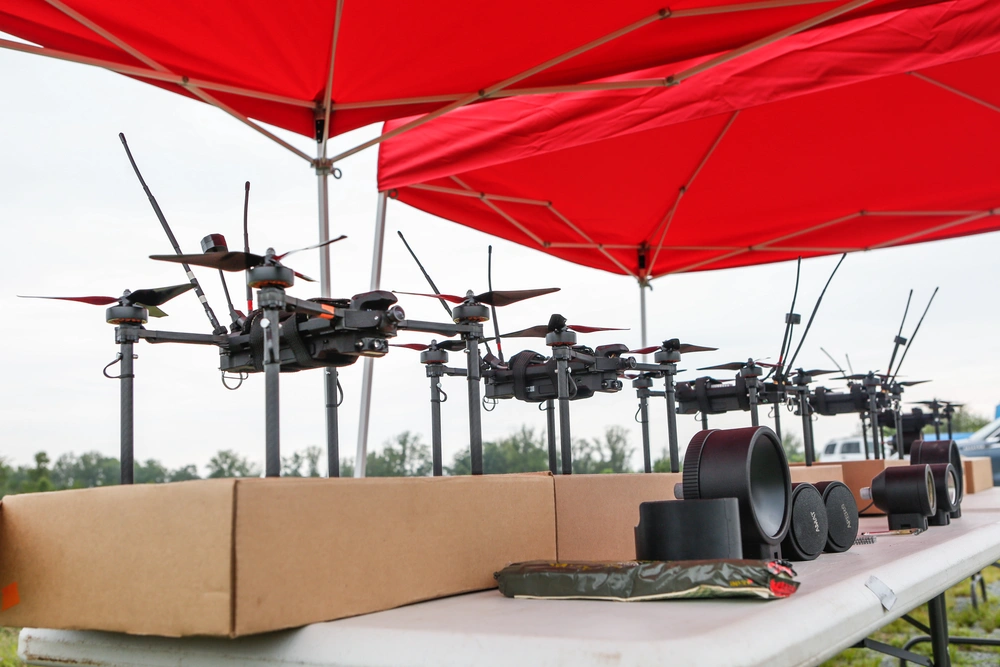
The benefits of drones for the Marine Corps
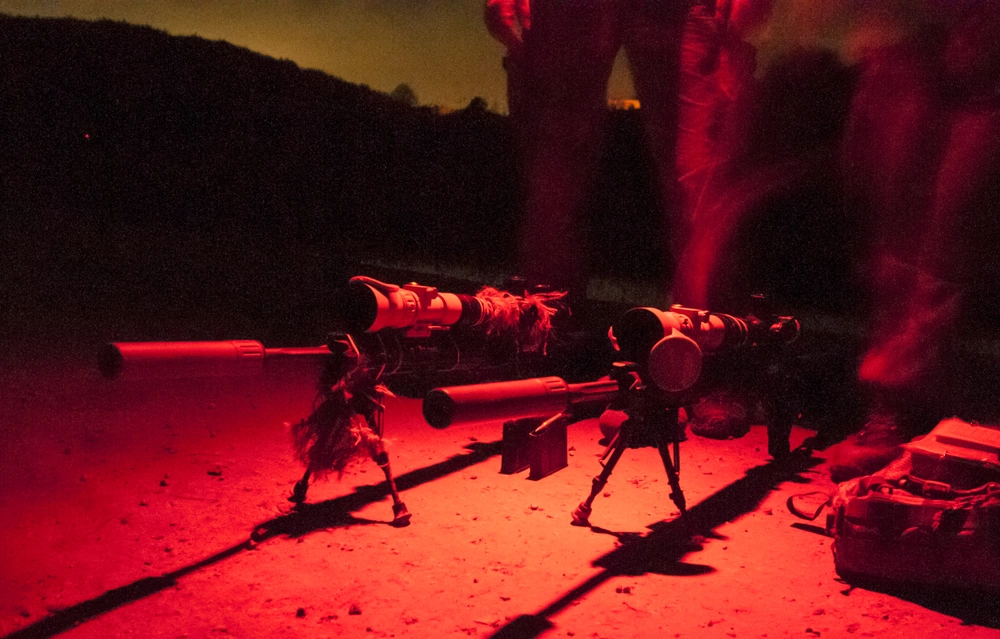
The technologies that will unlock the next generation of firearms
Sandboxx News
-

‘Sandboxx News’ Trucker Cap
$27.00 Select options This product has multiple variants. The options may be chosen on the product page -

‘AirPower’ Classic Hoodie
$46.00 – $48.00Price range: $46.00 through $48.00 Select options This product has multiple variants. The options may be chosen on the product page -

‘AirPower’ Golf Rope Hat
$31.00 Select options This product has multiple variants. The options may be chosen on the product page -

‘Sandboxx News’ Dad Hat
$27.00 Select options This product has multiple variants. The options may be chosen on the product page
